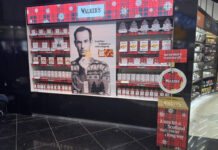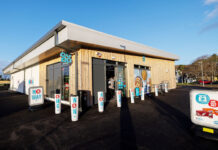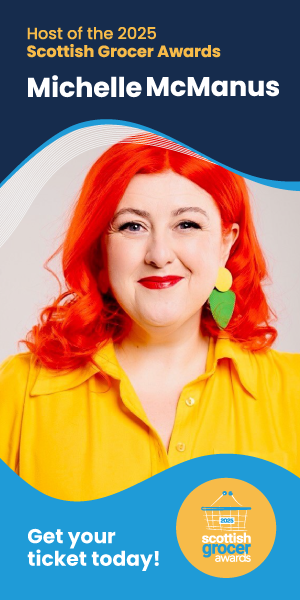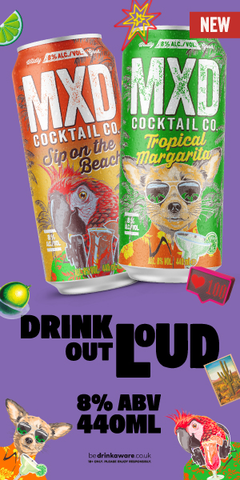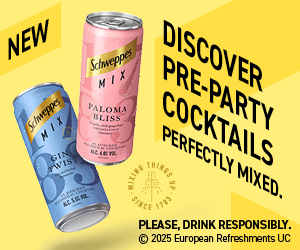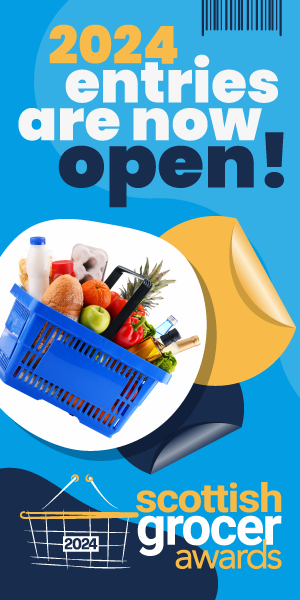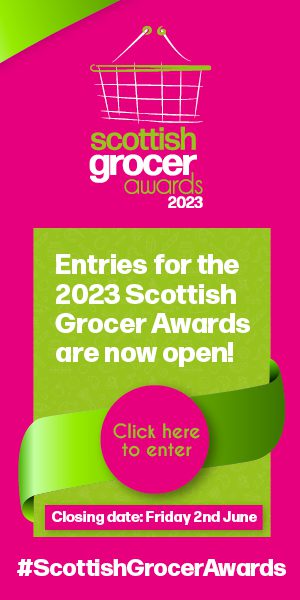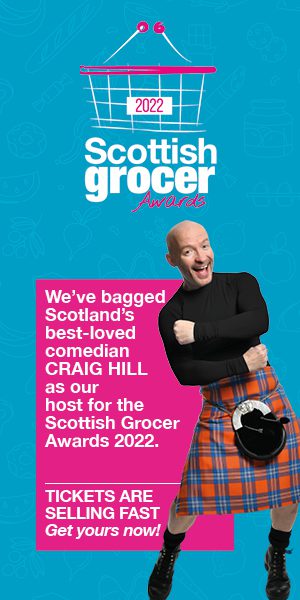Costs creep upwards as food and drink rises back up
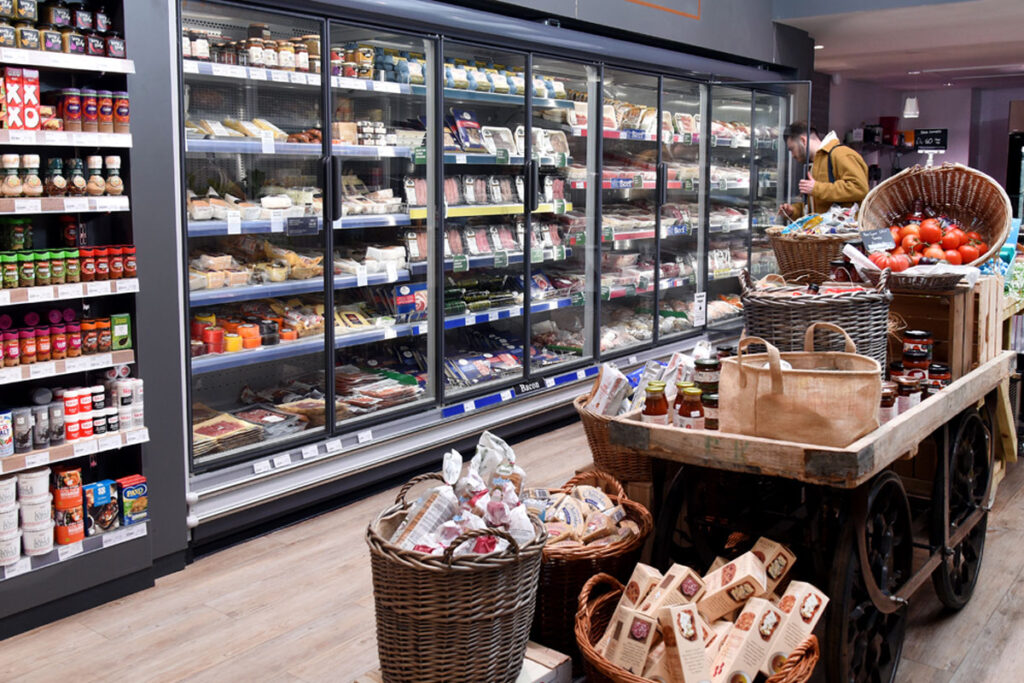
THE new year was off to a rocky start as inflation for the year to the end of January 2025 rose up by 3.9%, according to the Office for National Statistics (ONS).
The Consumer Price Index including owner occupiers’ costs (CPIH) figure rose up to 3.9% at the end of January, a concerning difference from December’s 3.5% figure.
Upward contributions towards this primarily came from food and non-alcoholic beverages as well as transport costs, the latter of which was driven up by an increase in motor fuels as well as air fares.
Food and non-alcoholic beverages, meanwhile, saw price increases across seven of the total eleven food and drink classes. Though marginal, the combined effect of all seven groups rising up has had its total impact as they rose as follows:
• meat (rose by 0.04 percentage points)
• bread and cereals (rose by 0.03 percentage points)
• fish (rose by 0.01 percentage points)
• milk, cheese and eggs (rose by 0.01 percentage points)
• sugar, jam, honey, syrups, chocolate and confectionery (rose by 0.01 percentage points)
• coffee, tea and cocoa (rose by 0.01 percentage points)
• mineral waters, soft drinks and juices (rose by 0.01 percentage points)
The ONS has said these contributions were due to the fact that all seven groups had either fallen or rose at a slow rate during the same time period last year.
And the Food and Drink Federation (FDF) has warned that this rise in food and drink costs could just be a warning of what is yet to come, as the firm predicted further rises could be in store.
Balwinder Dhoot, director of industry growth and sustainability at FDF, said: “Unfortunately, this month isn’t likely to be a flash in the pan for rising food and drink prices. We’re yet to see the full impact of increasing labour costs, with changes to both National Minimum Wage and National Insurance Contributions coming into force in April, and we expect to see this filter through to shoppers over the coming year.
“We urge government to work with industry to simplify regulation and bring business costs down to help protect consumers from rising prices.”
Despite this, some key Scottish events across January still ensured a good result at the grocers, according to the latest data from Kantar.
Over the four weeks to 26 January, take-home grocery sales in Scotland rose by 6.3% when compared to the same time period last year as Scottish consumers were in the mood to celebrate the best of the national poet.
Over these four weeks, key Scottish events like Hogmanay and Burns Night influenced shoppers purchasing choices, says Kantar, with alcohol sales surging upwards with a total value spend increase of 19.6% and a volume increase of 19.5%.
Further to this, one in four households purchased haggis during the four week period, with an additional 16,000 packs sold compared to the same period last year proving that time-old traditions are hard to pass up in Scotland.
Though the ‘New Year, New Me’ effect was still strong during January as well, as Scots picked up on more vegetable options during the four weeks.
Lesley-Ann Gray, strategic insight director at Kantar, said: “Beer and cider led this growth with a remarkable 47% rise, followed by spirits at 30.3%. While seasonal celebrations drove this spike, the long-term trend continues to show a decline in both value and volume compared to four years ago, with total alcoholic beverages falling by 13.5% value and 25.9% volume.
“During the same four-week period, sales of carbonated soft drinks also saw notable growth, with value up 15.3% and volume rising by 9.9%.
“Beyond this, in January there was a growing focus on healthy eating, evident in the significant increases in volume (22.6%) of fresh, mixed and prepared vegetables, which is up 15.6% compared to last year. This suggests that Scottish shoppers are increasingly prioritising healthier options.”



